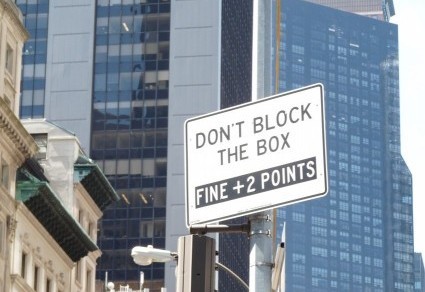My almost-seven-year-old granddaughter has recently discovered air quotes, the curly-fingered gesture that encloses spoken words in quotation marks. To make an air quote, you bend the pointer and middle fingers of each hand a couple of times, and whoever is listening or watching is supposed to know that you’ve distanced yourself from whatever you’ve just said. Air quotes are the bodily equivalent of scare quotes, the punctuation marks in written material that separate the writer from the quotation, as in don’t blame me for this dumb opinion or yeah, like I believe that. Both scare and air quotes are gestures of irony or sarcasm. Usually, that is. During my first year of teaching about a million years ago, I used air quotes to tell the class that I was quoting from a text, not using my own words. I didn’t find out until June (June!) that the kids perceived a particularly nerdy wave, not a punctuation mark. Sigh.
My granddaughter tosses out air quotes with abandon. (“I’m ‘nice’ and so are you,” she’ll say with active fingers, meaning that she and I are actually “nice.”) She enjoys the gesture more than its significance. No problem. She’s little and deserves time to experiment. I’m not sure the creator of this sign should receive the same leeway:

Come again?
I snapped this photo during New Year’s weekend, when this store and everything around it was closed for celebration or recovery from celebration. I’m still not sure what it means. Is the shop expecting a door bell delivery? Is someone hiding out inside, waiting for a package and not coming forth until the door bell rings? Does the shop owner know that the door bell is broken and “door bell” is a useless phrase?
I’m sure the letter carrier or package deliverer liked the John Hancock squiggle under the last line. I’m also sure that everyone reading this sign pressed the door bell, just to see what would happen. (I did. Nothing happened.) But that’s it. I’m sure of nothing else – certainly not the meaning. The sign is a mystery. Or maybe I should say a “mystery.” Your theories are welcome – really welcome, not “welcome.”

Bonjour,
I will not try the air sign. My students will probably interpret them as something else…
I love reading your blog.
Thanks, Jacqueline. I too dropped the air quotes when I discovered how easily students misinterpret this gesture!
Didn’t that have their hey day* with Nixon? (Trying to remember if he used them when he said the word “crook” [straight quotation here to indicate I am discussing the word, not using the word]? If so he may have meant the for emphasis – which is what I am guessing the store owner and you granddaughter have in mind. (I am here led to a short meditation on italics, or “crooked writing.” [Make of those what you will – I’m getting confused!! Probly what Nixon meant most of the time…]
I don’t recal students being confused by ironic air quotes – I never used them for direct quotation, preferring a “quote-unquote” [here, “__” = what I said] sandwich. I think ironic air quotes need the help of a facial/vocal expression.
All this reminds me of my favorite Italian word: “Magari!” [! Included]. It can be positive or negative: “Let’s hope”, “If only”, to “God forbid.” Inevitably there will be a student asking for a definition, bringing knowing smiles from those who have learned of its ineffability, awaiting the teacher’s attempt at hiding a pained expression.
(I’m remembering a conversation with Marci Reed about English punctuation and the dash [–]: “You just have to feel it.”
Magari!
Don
*Oh, different topic: hey day, heyday, or hey-day? And why not hayday, in the sense of making some? (Spell check prefers heyday, it seems.)
D
Let’s start a trend:”hayday.”